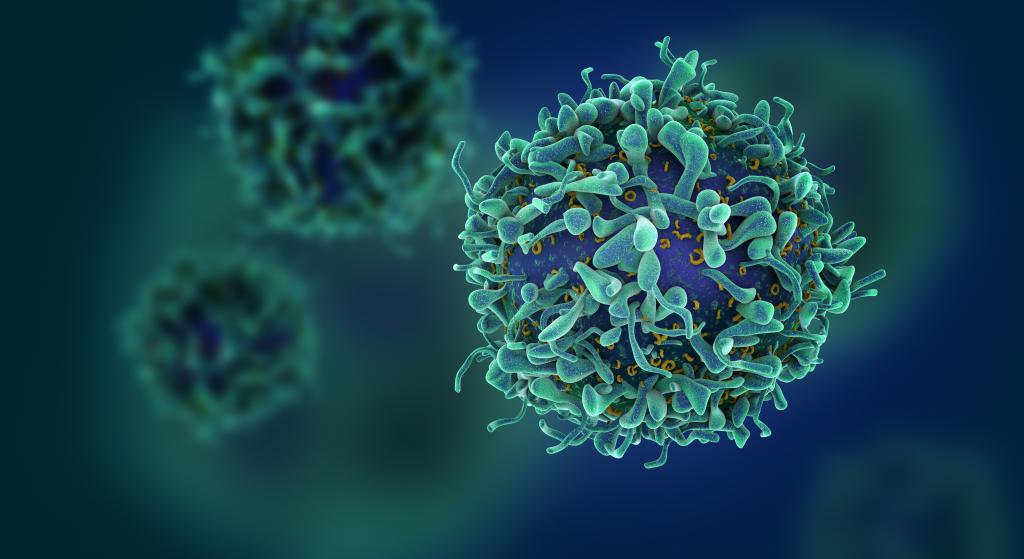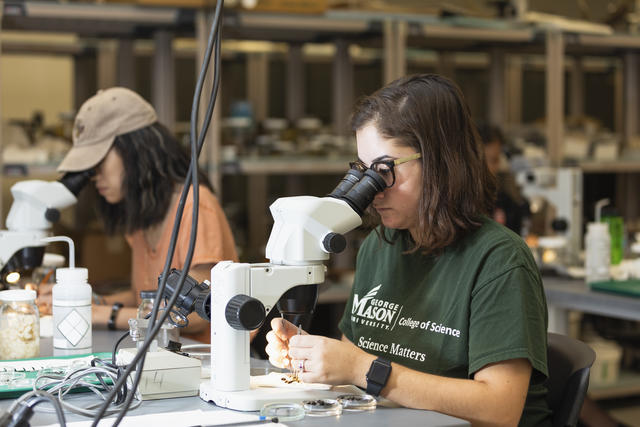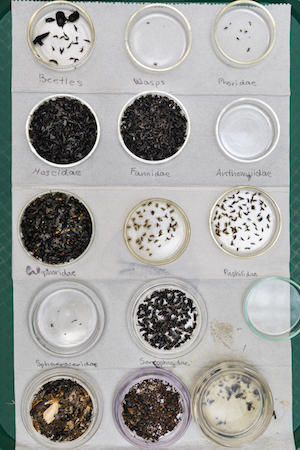Admission CTAs
Summer research doesn’t ‘bug’ these students
Many people detest all the creepy crawlies that come out during the summer, but these George Mason University researchers can’t get enough of them.
Joris van der Ham, an assistant professor of invertebrate community ecology and entomology, and a group of student researchers are spending their summer collecting data and studying the effects of carcass size on insect communities during postmortem decomposition.
They collected samples of insect communities from small animals’ remains that the team placed at the Clifton Institute research facility in Warrenton, Virginia. They ended up with thousands of individuals specimens, all of which needed to be processed individually.
“It’s extremely tedious,” said Adam Murray, a junior environmental science major, focusing on aquatic ecology.
Tedious work that requires an army of dedicated students, said van der Ham. A grant from the Office of Student Scholarship, Creative Activities, and Research (OSCAR) supports eight researchers who conducted fieldwork and are now identifying the family, genus and species of thousands of beetles, flies and other insects.
This work creates a record of what species of insects appear on small animals, such as mice, rats and rabbits, postmortem, over a seven-day period, and help determine whether these insects appear in the same sort of patterns regardless of what animal carcass the insects appear on.
"Some patterns might be independent from carcass size,” said van der Ham. ”That's what we want to know—which patterns, which processes, and what species can you rely on regardless of carcass size?"
This research is helpful to forensic entomologists, who study insects on the postmortem body, because most of what forensic entomologists know about human cadavers is based on research from pig carcasses. In criminal cases, those insects can lead to a wealth of information, such as the site of the crime and time of death.
Students hail from forensic science, aquatic ecology and psychology, but even if all the students aren’t interested in studying entomology, the research project teaches them about the application of the scientific method, a very important concept for anyone in the sciences.
"There are universal principles in any type of research that you're doing, especially in ecology,” said Murray. “I'm definitely getting something out of this, even if I want to study fish and not flies."


